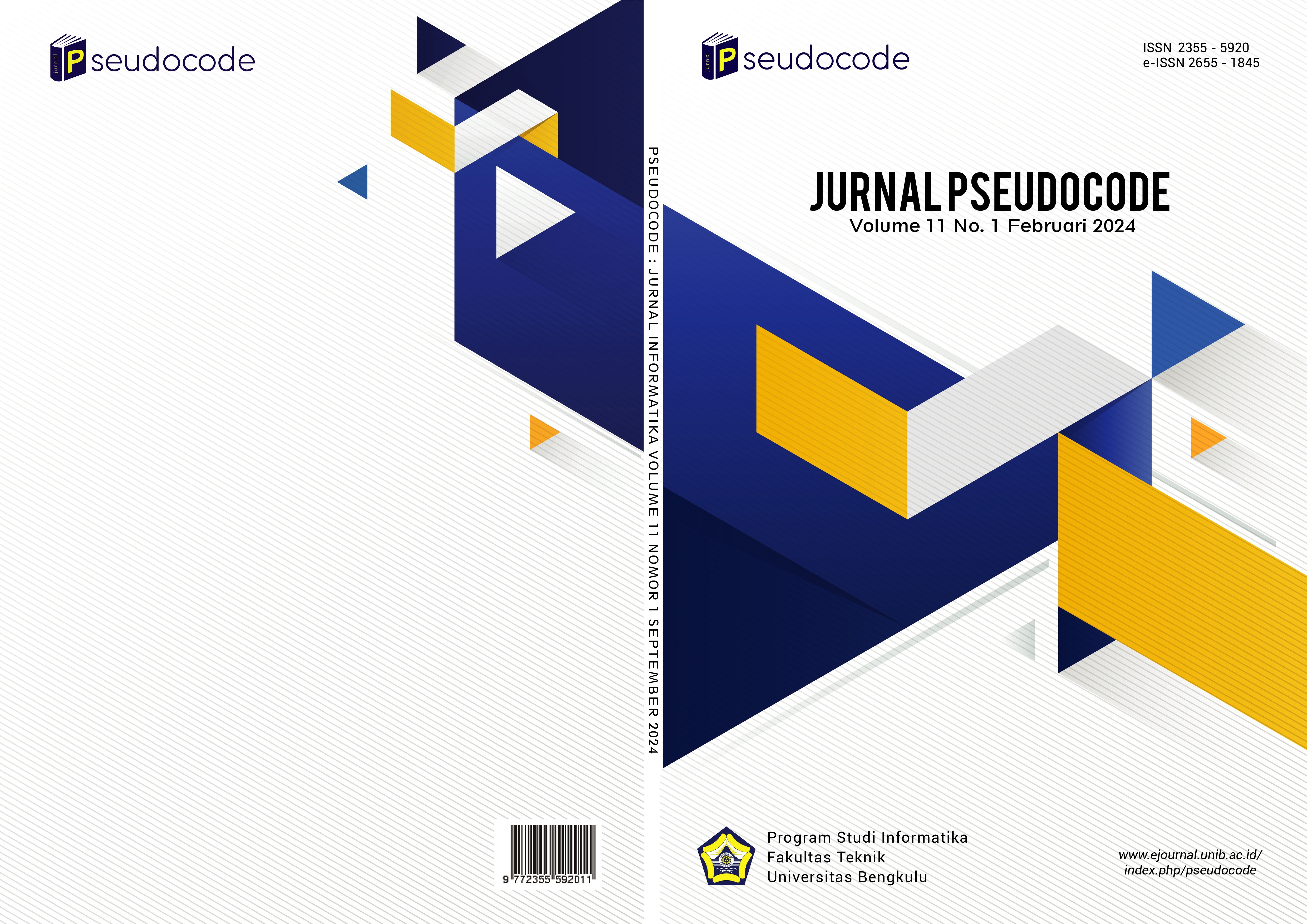Main Article Content
Abstract
Deep learning has been proven to be able to provide significant contributions to several fields, including industry. It has also been proven that it has resulted in an outstanding performance for classification, detection, and even segmentation processes. In the leather industry, it also successfully gave valuable results, especially for the leather defect inspection process. This study aims to develop deep learning architecture for classifying leather defect. We used 3600 leather digital images distributed in six types of leather defects. In this study we employed GoogLeNet for classifying the data. Our experiment successfully achieved accuracy of 0.904 in training process and 0.885 in testing process. This result indicated that GoogLeNet provided powerful performance for classifying the type of leather defects.
Article Details
Copyright (c) 2024 Alifia Revan Prananda, Eka Legya Frannita

This work is licensed under a Creative Commons Attribution-ShareAlike 4.0 International License.
- Seluruh materi yang terdapat dalam situs ini dilindungi oleh undang-undang. Dipersilahkan mengutip sebagian atau seluruh isi situs web ini sesuai dengan ketentuan yang berlaku.
- Apabila anda menemukan satu atau beberapa artikel yang terdapat dalam Jurnal Pseudocode yang melanggar atau berpotensi melanggar hak cipta yang anda miliki, silahkan laporkan kepada kami, melalui email pada Priciple Contact.
- Aspek legal formal terhadap akses setiap informasi dan artikel yang tercantum dalam situs jurnal ini mengacu pada ketentuan lisensi Creative Commons Atribusi-ShareAlike (CC-BY-SA).
- Semua Informasi yang terdapat di Jurnal Pseudocode bersifat akademik. Jurnal Pseudocode tidak bertanggung jawab terhadap kerugian yang terjadi karana penyalah gunaan informasi dari situs ini.
